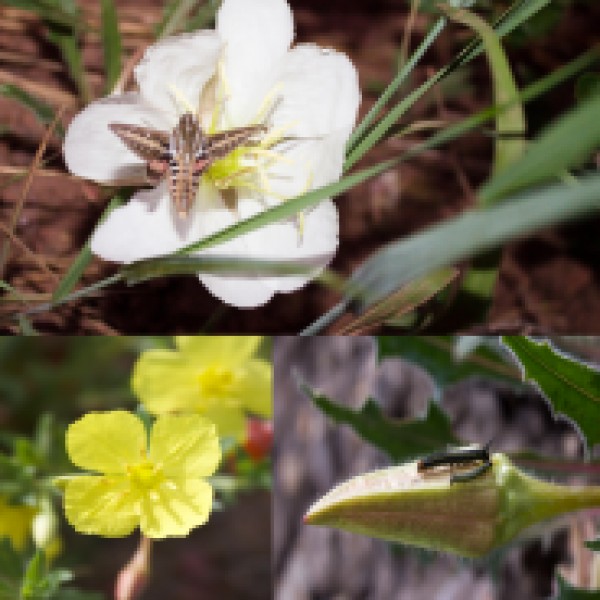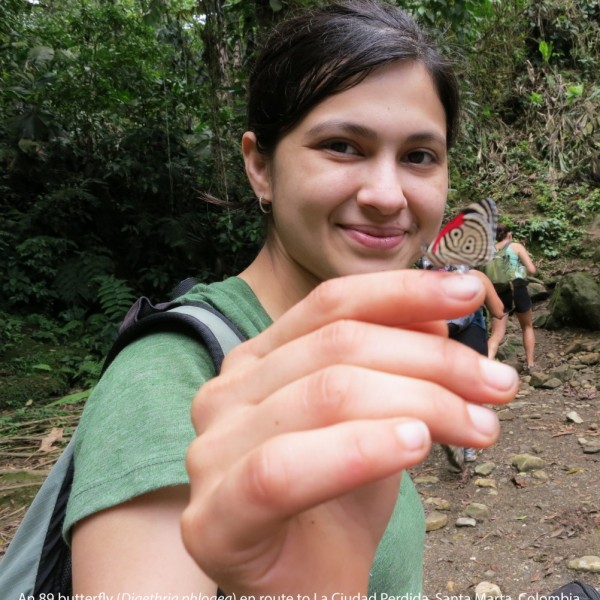
Floral traits at the intersection of herbivory and pollination in evening primroses 2017
Texas
Ecology, Reproductive Biology
The Dimensions of Biodiversity: Landscapes of Linalool grant broadly examines the role of floral scent in mediating pollinator and herbivore interactions and in driving the diversification of evening primroses at multiple evolutionary timescales. Due to their opposing effects on plant fitness, herbivores and pollinators have the potential to influence the evolution of floral phenotypes across geographic landscapes with implications for speciation and diversification. The plant tribe Onagreae (Onagraceae; the evening primrose family) and its associated insects pollinators (bees and hawkmoths) and herbivores (Mompha and Hyles lineata larvae), is a model systems to investigate the role of biotic interaction in facilitating coevolutionary diversification. To date, we have documented inter- and intra-specific variation in floral traits and in the abundance and identity of pollinators and herbivores in 16 species within Onagraceae.
In 2017, we plan to focus on five species in a specific clade, Oenothera section Calylophus. Species within this clade show inter and intra- specific variation in floral scent, morphology and in pollination biology. By setting up a common garden experiment in Texas (close to the center of diversity for this clade) we will experimentally evaluate the role of floral traits in attracting herbivores and maintaining pollinator fidelity. We will also collect fitness data on these plants to assess the strength and direction of selection on floral traits in a common environment. The REU student will be expected to help with the common garden experiment as well as design and implement an independent project within this system. Most of the work will be outdoors, under rough conditions and will involve camping for multiple days at a stretch and for most of the duration of the REU internship.


